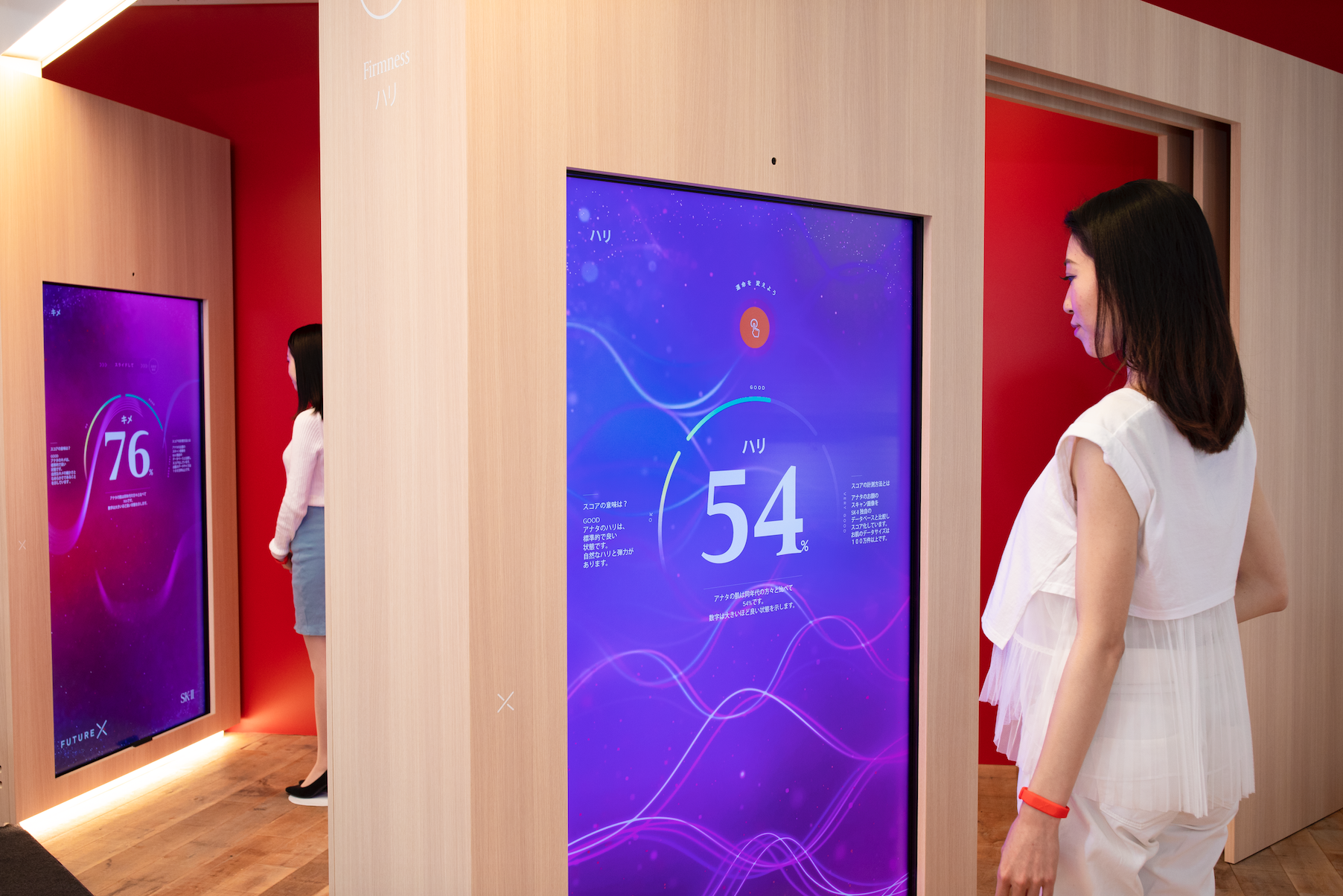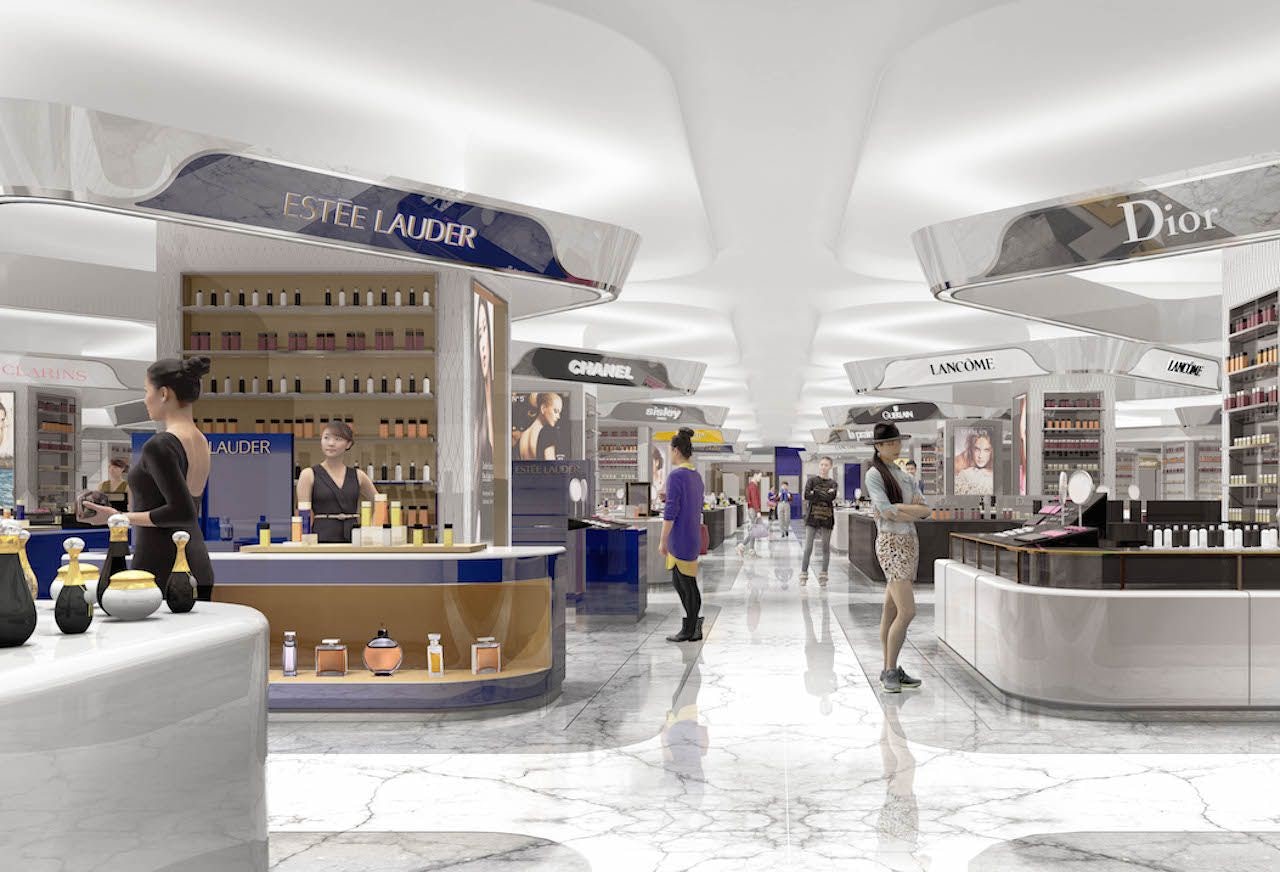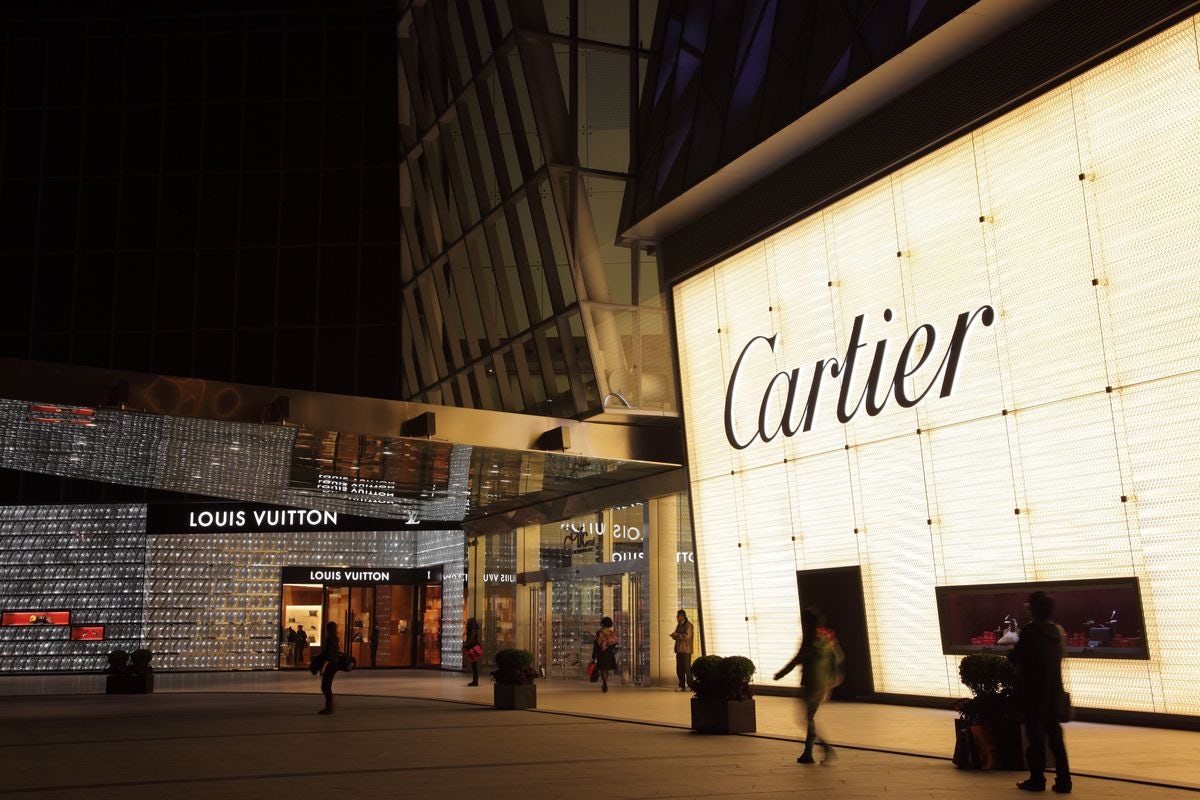While the U.S. enters a retail crisis, new ideas in China are busy transforming global consumer culture. So to understand the future of the American consumer, we must look at what China already has on offer.
There is a dominant narrative among Western diplomats that Chinese soft power is the real, final frontier for Chinese world domination. Previous models show that the enduring power of a country’s great economic boom lies in the success of its diplomatic and cultural influence. Post-WWII Europe was not simply a marketplace for U.S. products and innovations, it was also fertile ground for changing culture and consumer behaviors.
Today, Chinese consumer culture has taken over the world market, and China’s consumer class currently has greater exposure to emerging offline retail technology than their worldwide peers, as well as new online-to-offline (O2O) market transition technology that could offer untapped potential to the U.S. and Europe.
‘Storytelling’ as the heart of the experience#
Technology or e-commerce is one part of China’s innovation. To the world of retail, China has been a laboratory offering new products with deep storytelling experiences that are sometimes shocking in their simplicity and memorability. Aimer, a leading high-end Chinese lingerie brand, offers a good example of this with their O2O Valentine’s Day campaign in 2015. For those featured products, the company created a gamified version of the famous Chinese TV dating show, “If You Are The One” (非诚勿扰), and presented it in malls while tying a WeChat call to action into their marketing campaign, sparking emotions by letting couples share feelings and promises with each other via the app.
American retailers could look at this example as a way to improve their own strategies. Chinese tech innovations will work for Western companies to a degree if they can copy the tech, but what is truly difficult to copy is the stories that tend to work in China. In this sense, Chinese retailers have embraced relevant storytelling as a unique proprietary asset. Narrative-oriented brands like L’Occitane, Kiehl’s, or Benefits owe their survival in China to their Chinese market development teams. Take Lancôme for instance, which sent gift boxes to KOLs aimed at creating a unique and memorable moment. Upon reception of the gift box, influencers were sent a private key via WeChat to open it. Inspired by the Lancôme founder’s own Parisian apartment, the box was conceived as a journey through the home of the founder with an authentic piece of Paris retrieved at the end: an original postcard from the '30s or '60s with a real message written on it.
These days, U.S. lifestyle industries like liquor and beauty are getting approximately 30 percent of their clientele from China, and that influences the entire retail culture of the American market. In travel retail only, strategies targeting Chinese consumers worldwide have sparked the creation of new brands all over the world. We’re now witnessing a similar experience with online-to-offline retail from China to the U.S. This doesn’t necessarily mean touchscreens and AI experiences will suddenly appear in American stores, but rather that playful design elements relating to online initiatives will be adopted.
Duopolies: China retail is catching up with America’s new standards#
We are moving away from e-commerce and toward a new type of retail that merges offline experience with online touch points. One example of this can be seen with the e-tailer Alibaba, which has emerged from 10 years of fast-paced Internet sales momentum to begin merging e-commerce with offline retail. Consumers in China have been fast to adapt to each new phase of this evolution, which now influences other global markets. But China is slowly building a new standard of retail innovation, while American retail is running on its own system, in essence, creating a dual metric retail system.
In this new retail, there is this idea of maximizing revenue per square meter. Data shows that Apple is the leader in this category, followed by China’s Hema and Xiaomi and then by Tiffany & Co., Lululemon, and Michael Kors, according to Agency China. Both China and the U.S. will likely form "New Retail" duopolies or oligopolies with the U.S. focused on rethinking its brick-and-mortar retail model.
Now, with slowing e-commerce growth predicted, China is looking for higher overall operating efficiency. China’s retail revolution is arguably faster because of the country’s quick adoption of mobile payments. That ability to reach millions quickly and directly highlights the need for better brand storytelling at a massive scale.
Online merges with offline#
O2O models have been growing in China since 2013 and have taken most of the spotlight within the new retail movement. New retailers certainly might use O2O models, but new retail shouldn’t simply be equated with the widespread adoption of these models. New technologies like 30-minute delivery, scannable items, smart mirrors, and augmented reality-to-video commerce are emerging daily, but how should a company integrate these tools into their retail design? Where online apps or portals act as the gateway to real-world services, O2O services are often accessed through scanning a QR code for group purchases, restaurant orders, bike shares, and more.
It still has a way to go, but our consumer culture is quickly becoming more like the Chinese, and this new wave in retail will seamlessly merge storytelling, rituals, and experiences with online digital platforms in the not-so-distant future.
Tanguy Laurent is Managing Partner of Creative Capital, Altavia Group Leading U.S. Chinese retail branding agency.
Follow us for more insights on LinkedIn


